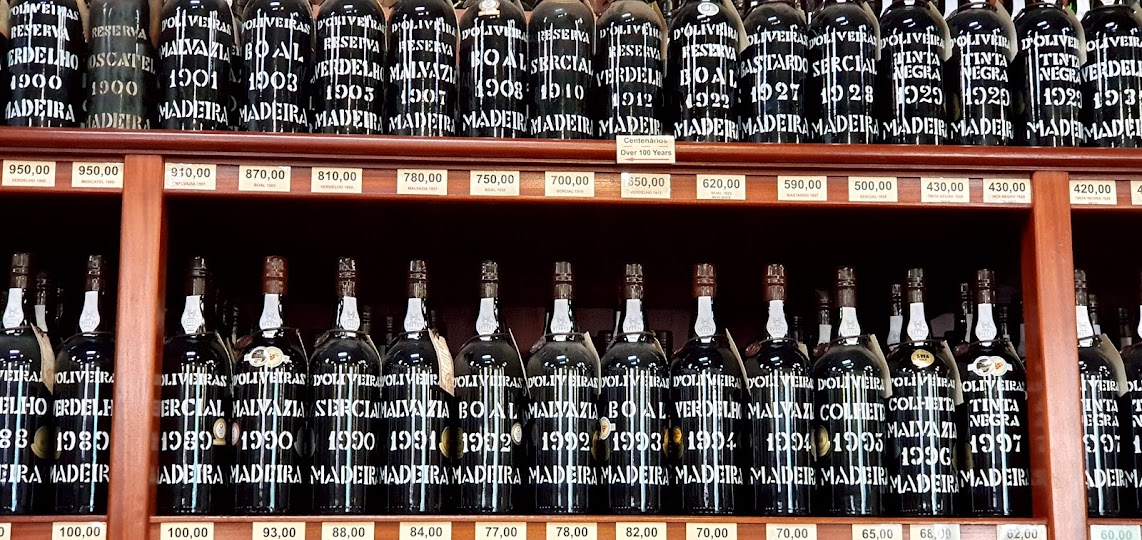Wine industry in Hungary was mainly built to supply the USSR, quality did not matter, only quantity and alcohol content.
Gorbachev's anti-alcohol campaign produced a shift toward more quality and less quantity. This made it possible to develop exports to other, more competitive, markets.
At the same time there was a move from collective farming to private vineyards.
Four main wine regions: Danube, Balaton, North Transdanube and Upper Hungary. 22 specific regions. About 60-70k hectares devoted to vines. Continental climate.
Tokaj 5500 Ha, 13,000 growers. Mostly volcanic soil, contributes mineral backbone to wine.
Grand Tokaj biggest firm, still state owned. Was put up for sale but on condition that it preserved jobs and social commitments, no one bought it.
6 main varieties: Furmint is the main, mentioned in 1611.
First mention Aszu in 1571.
First mention of wine classification in 1720, first in the WORLD!
UNESCO WHS 2002
Producers:
Csenyi: was a communist cooperative, still has strong stigma of communist era. Massive scale, quantity over quality, used to "fulfill the plan".
Gere: Attila origin of the name, sprang from XIX century nationalism, larger than life character. It was never a communist coop, always independent producer. Diametrically opposite approach. Aims at max concentration.
San Andrea: Traditional producer, intellectual, looks for quality.
Kovacs Nimrod: Producer migrated to US in 1970s, came back to Hungary after 1989. Opposite to San Andrea, uses modern methods and criteria.
see more on www.carolinegilby.wordpress.com

